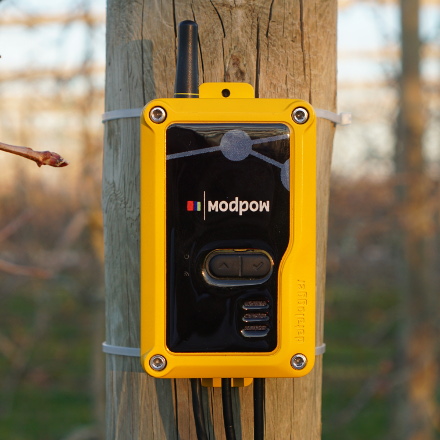
Vines are crops that grow extensively throughout Spain, they are traditional and dry-land crops. The characteristics and productivity of growing grape vines have varied greatly over the past twenty years, from the importance differing from quantity to quality. More recently, with the increased interest and tourism in Spanish wines, vine plantation has become a focus.
The current vine growing trellis systems provides clear management improvements, which includes the mechanization of the vines, but there are also drawbacks. The trellis vines must have rows that are straight and parallel to one another. This is difficult in some hillside areas where slightly wavy rows are implemented (where many of the vine areas are located). In established vineyards, where vine rows are uneven and not parallel, upgrades are required. If the landscape of a vineyard is uneven, the asymmetry of the rows will be accentuated.

A vineyard having heterogeneous landscape consists of vines developing differently and thus the ripening of grapes differing and consequently the differing of the quality of wine produced. Therefore, it is important to recognize the differences in landscapes of a vineyard, and the development and maturation of the grapes due to these differences. How can we develop the modern viticulture to include quality production and differing landscapes? 1- Conducting a soil survey to define the homogeneous areas and to achieve the best productivity. This soil survey will establish the best-suited variety and rootstock to gain the productivity desired. It is always advisable to conduct a study of the soil fertility to develop a fertilization plan for each plot site. 2- Survey the symmetry and slopes of the vineyard landscape to learn which vines are the most suitable. Choose plants that are best suited to the characteristics of the landscape, taking into consideration; establishing measures to control erosion, such as trenching and terracing. Avoid planting rows along concave areas as gullies may develop in the middle of these rows. To prevent these bumps, leave a passage in the drainage area, and establish soil protection by leaving this area with a grassy drainage layer. 3- If earthworks are required, be sure to know if there are soil differences and whether disruption of the underlying soil base can affect cultivation.

Clear plans and soil surveys are necessary before planting grape vines in order to have a uniform quality of grapes. Failure to consider these issues may result in the use of various drone flights, probes, vigor maps, differentiated application of irrigation or application of partial vegetation covers, all used as ways to balance vineyards. All which can be avoided if pre-planning precautions are taken into account. Article written by Antoni Baltiérrez. (www.tonibalti.com  )
)




